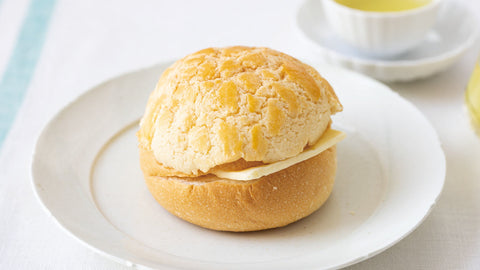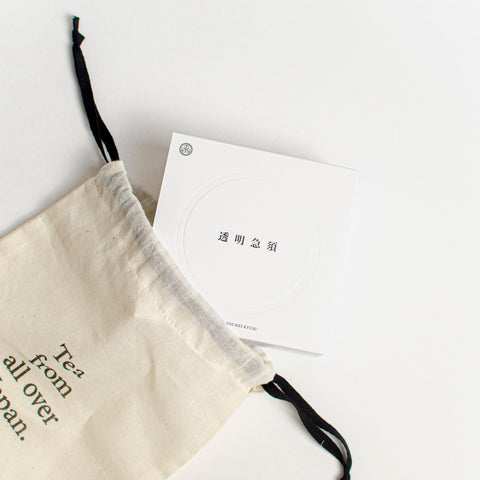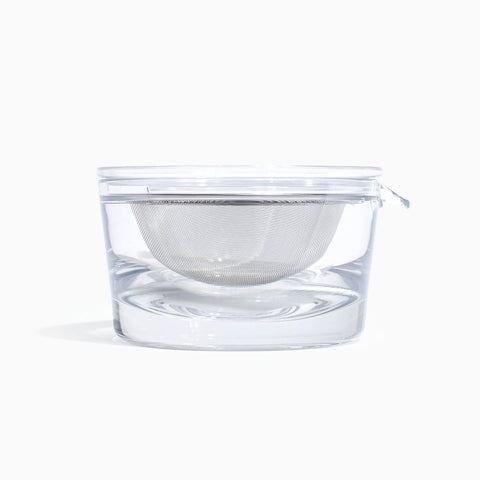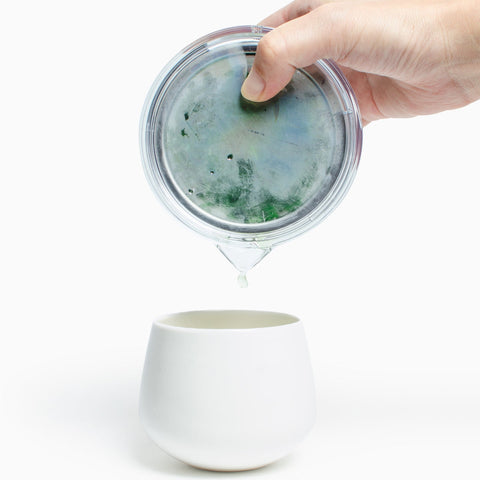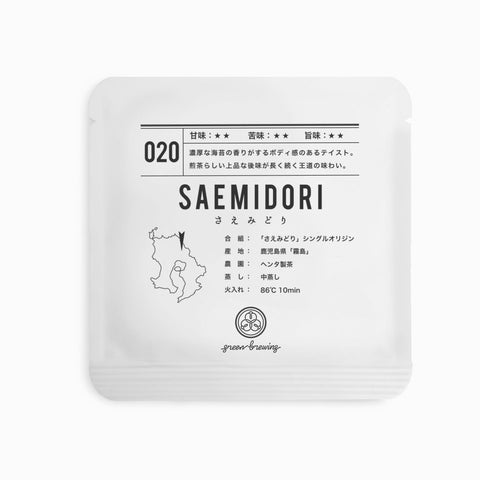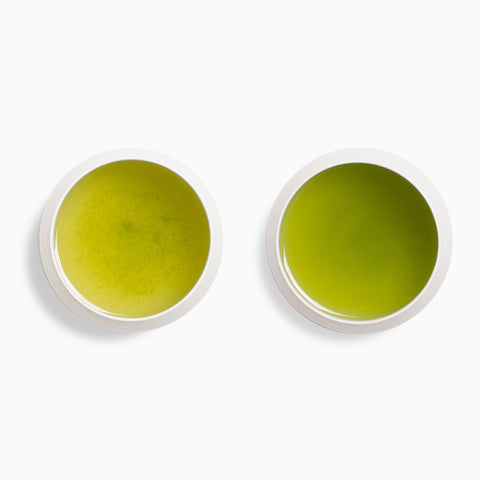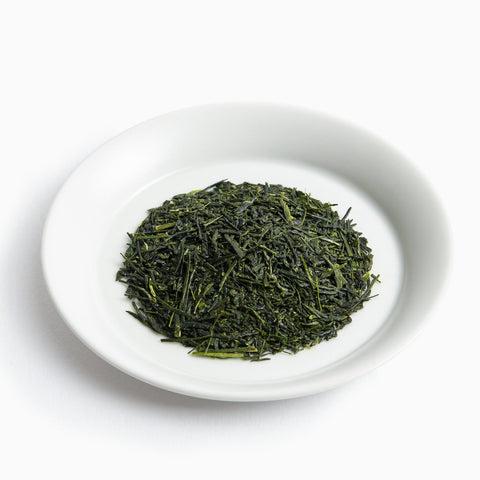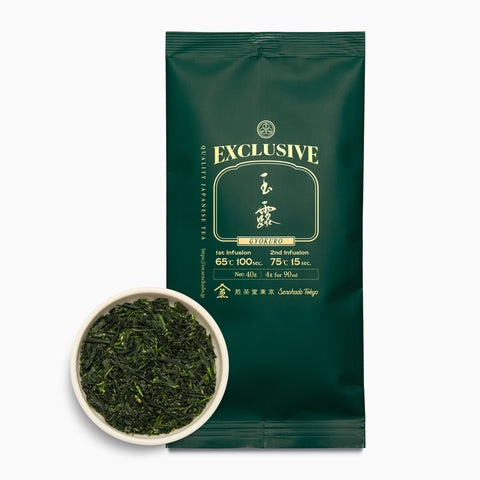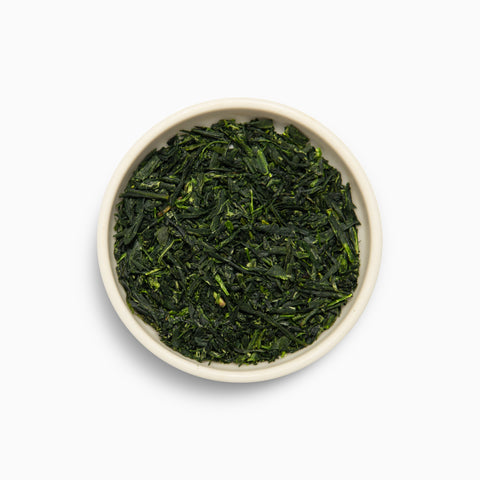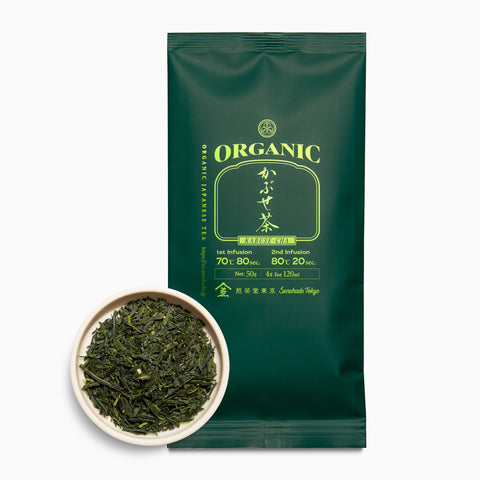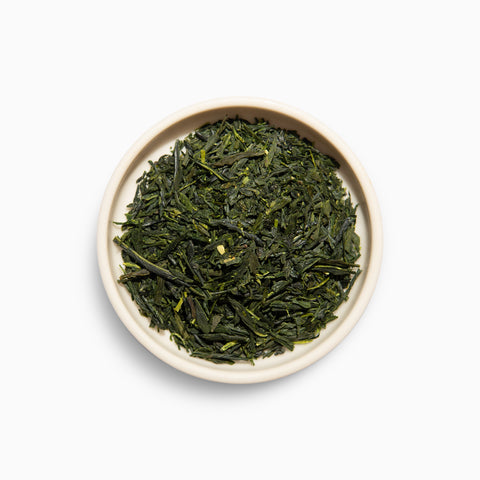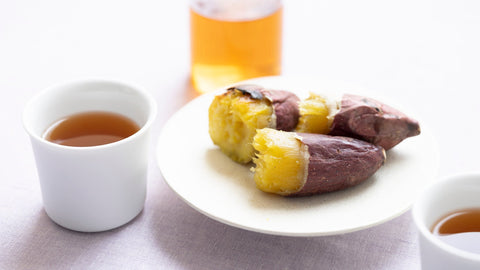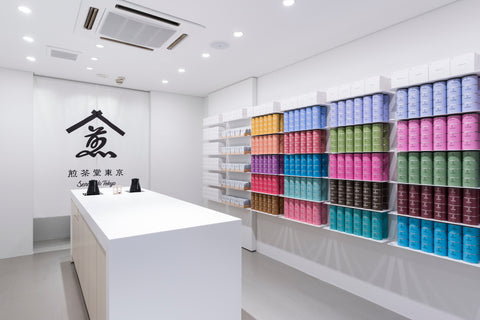Have you ever wondered if the taste of the tea you brewed is correct? When searching online or asking around, explanations often seem vague, like "one teaspoon of tea leaves."
That's why Senchado Tokyo, which introduces the world of tea to over 10,000 people annually, will share a simple and pleasant way to brew tea for first-time tea brewers.
How can you make tea "delicious"?

To be frank, the taste of tea "differs for each person." Some people like sweetness, others prefer umami or astringency. Since everyone has different preferences, there isn't necessarily a correct answer.
What are the basics to keep in mind?

We'll introduce a basic method for brewing "delicious tea" with minimal failures. Most failures result in tea being "bitter" or "weak," so it's important to avoid these issues.
1. Adhering to the correct amount of tea leaves
2. Paying attention to water temperature
These two tips will help you minimize failures and allow tea to show its various delicious aspects. Since you can steep the same tea leaves three times,
• The first infusion offers sweetness and umami
• The second infusion provides a refreshing astringency
• For the third infusion, add brown rice for a soothing, toasty flavor
Let's try brewing with the intention of extracting three different flavors.
Let's brew delicious tea

<What you'll need>
• Teapot (transparent teapot)
• Kettle (one with temperature control is convenient)
• Scale (also called a measuring device)
• Tea leaves
• Nikomaru brown rice
※ If you don't have a temperature-controlled kettle, use ice or water to cool the hot water.
First, prepare the "tea leaves and hot water"
【1】Place tea leaves in the teapot and measure "4g"

Brewing with the right amount of water for the tea leaves is the first step to delicious tea. You need 30ml of water for every 1g of tea leaves. A transparent teapot can hold 4g of tea leaves, so you'll need 120ml of water per infusion.
4g has been measured!
【2】 Prepare 70°C water
Use the kettle's temperature control to heat water to 70°C. Removing chlorine makes for better-tasting tea, so it's good to boil the water once and let it cool.
How to cool hot water?
If you want to use boiling water immediately, you'll need to cool it down. You can transfer the water to a tea cup to lower the temperature, but we don't recommend this for beginners. The temperature drop varies by season, and it only drops about 5-8 degrees per transfer, requiring many cups or containers.
For daily home brewing, we recommend using a "temperature-controlled kettle," which has become mainstream recently. (In this case, it's still best to boil the water once and let it cool.)
If you need to lower the temperature quickly, adding 3 ice cubes to 1L of boiling water will lower the temperature by 10°C, so you can use 9 ice cubes as a reference.
【3】Pour hot water into the teapot

Slowly pour the hot water into the teapot. In a transparent teapot, filling it to capacity will give you 120ml. The height of the inner edge of the tea strainer serves as a guide.
【4】Wait for 1 minute and 20 seconds without closing the lid

Enjoy watching the tea leaves unfurl and the aroma rise while waiting. After 1 minute and 20 seconds, the tea leaves will be about 60% open. During this time, you can prepare 80°C water for the second infusion.
【5】Slowly pour into cups

Put the lid on the transparent teapot and slowly tilt it to pour out all the tea. If pouring into multiple cups, distribute evenly to ensure consistent flavor.
How to brew for two people at once?
Sometimes you might want to make tea for two people, and one serving isn't enough. In that case, we recommend mixing the first and second infusions to make two servings. Since the second infusion has almost no steeping time, it doesn't take much longer than brewing for one person.
【6】 Tilt the lid to release heat

Until you brew the second and third infusions, tilt the lid to release heat from the tea leaves. This will help prevent bitterness and astringency, resulting in a more delicious brew.
Let's taste it!

First, enjoy the rising aroma. The first infusion is best for experiencing umami and fragrance, so savor it slowly. It's characteristically a bit cooler in temperature.
The second infusion will have more astringency and a typical tea flavor. You can add it to the first infusion if you like.
【7】For the second infusion, use 80°C water and steep for 10 seconds

For the second infusion, the tea leaves are already open, so steeping is complete after just 10 seconds. This extracts caffeine and catechins, which contribute to astringency and bitterness, resulting in a crisp, typical tea flavor.
The second infusion pairs well with sweet tea snacks

The second infusion has more astringency, a higher temperature, and a sharp taste. This tea pairs well with sweets.
【8】For the third infusion, add "brown rice" to make genmaicha.

Adding Nikomaru brown rice creates a fragrant genmaicha. Use about two teaspoons of brown rice. Steep with 80°C to 90°C water for 15 seconds.

The toasty aroma of the brown rice is addictive.

Find your own style and enjoy your tea time

These are the basics of brewing tea. The most important thing is that brewing tea itself should be enjoyable and pleasant. Once you're comfortable with this method, find your own brewing style and enjoy it.
At Senchado Tokyo, we design utensils and tea leaves to be simple, comfortable, and customizable to your preferences. We'd love for you to try them and share your thoughts and feedback. We look forward to seeing you at our online store or Ginza shop.
Below, we introduce other recipes.



